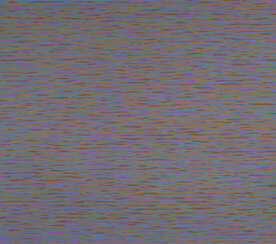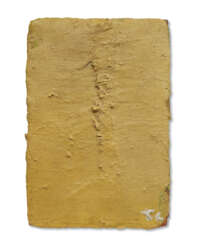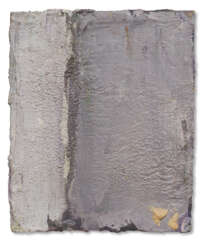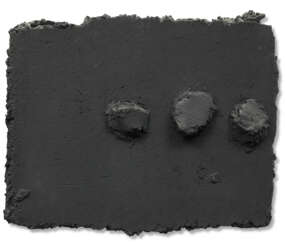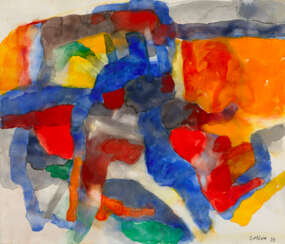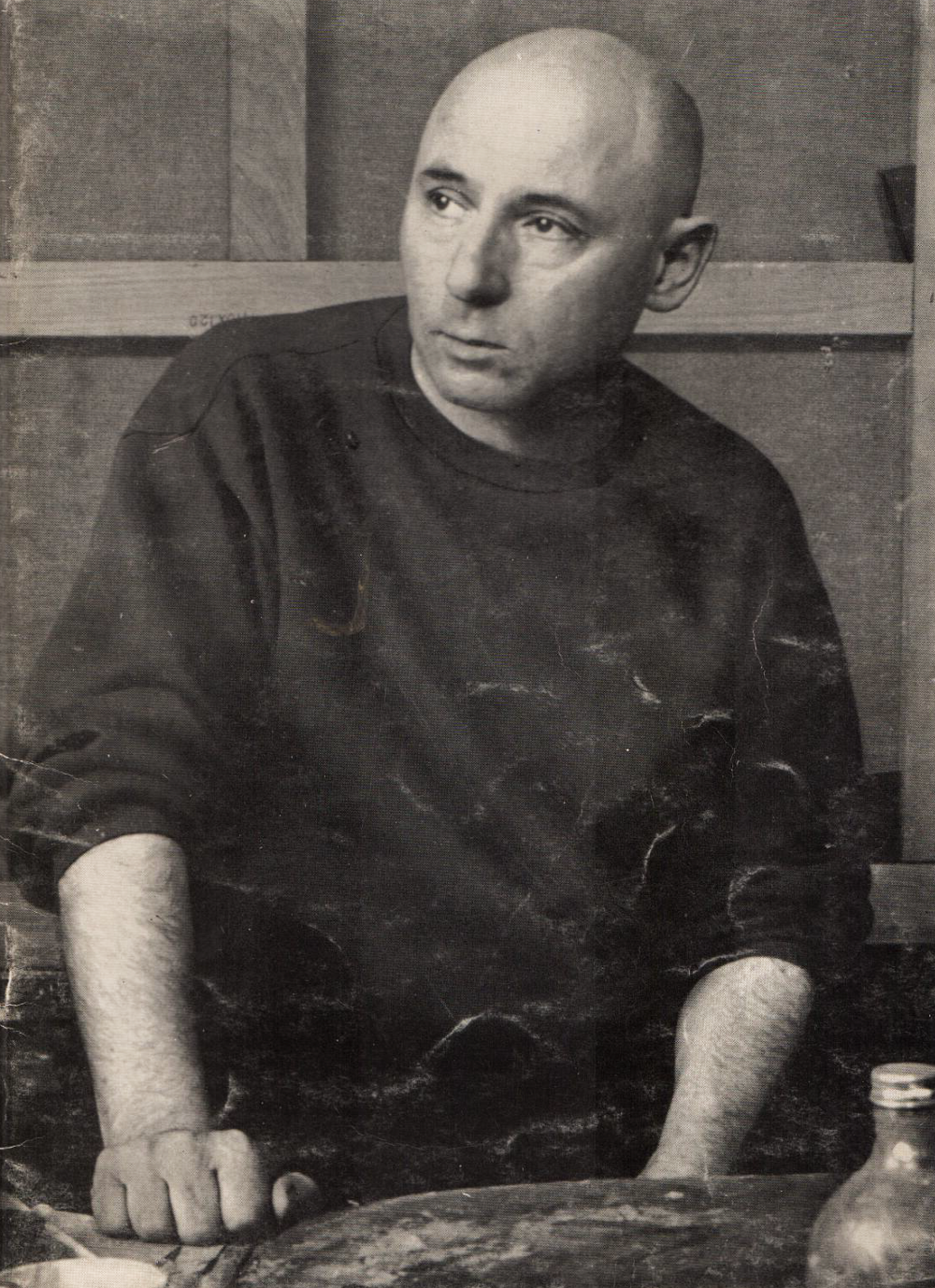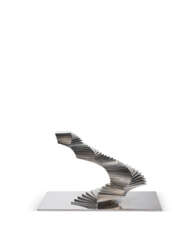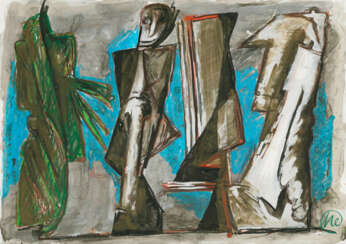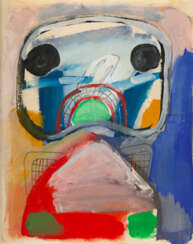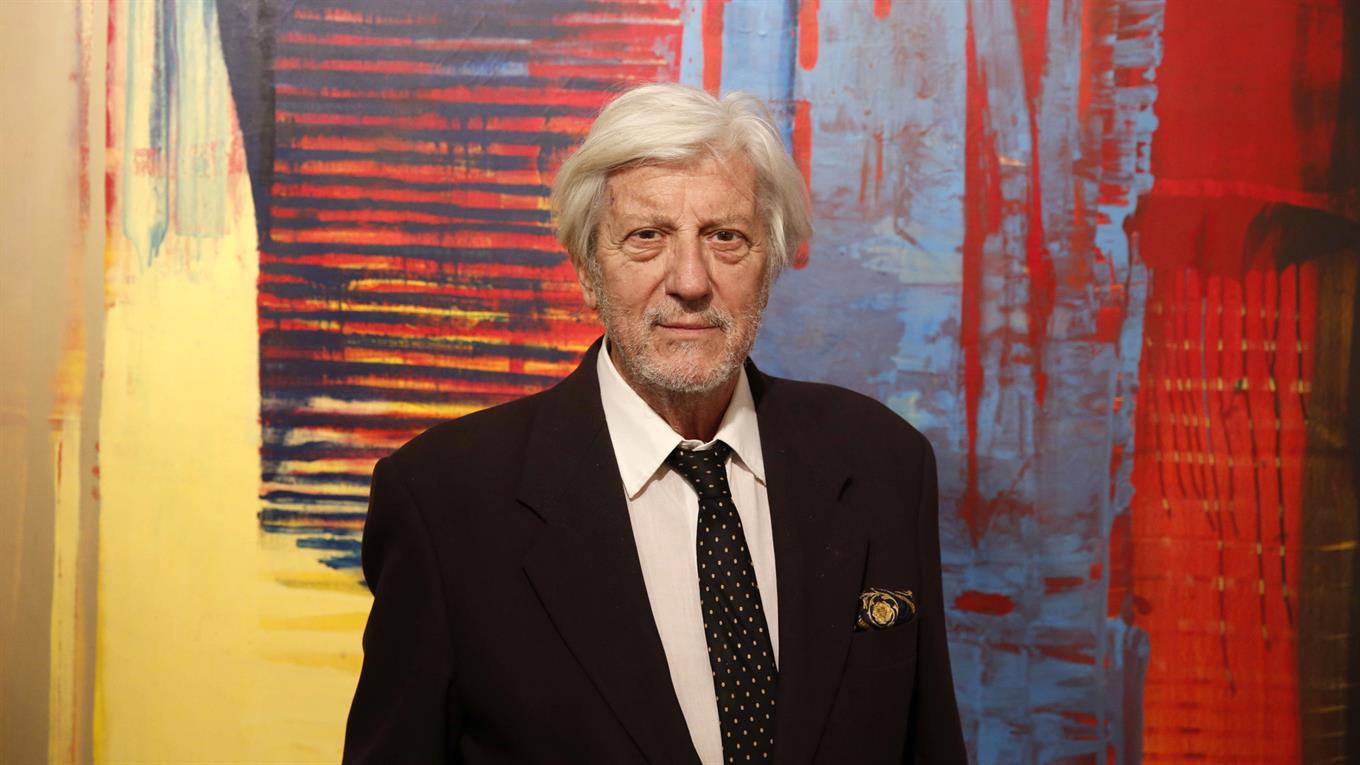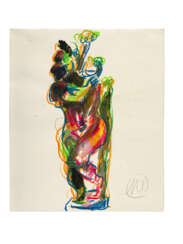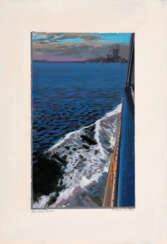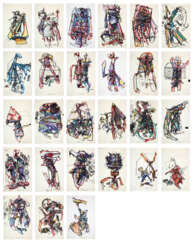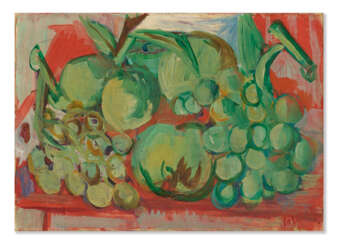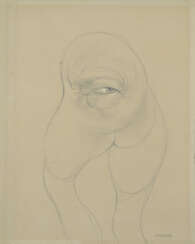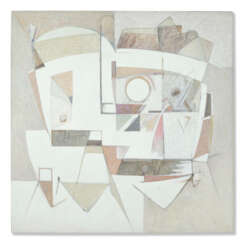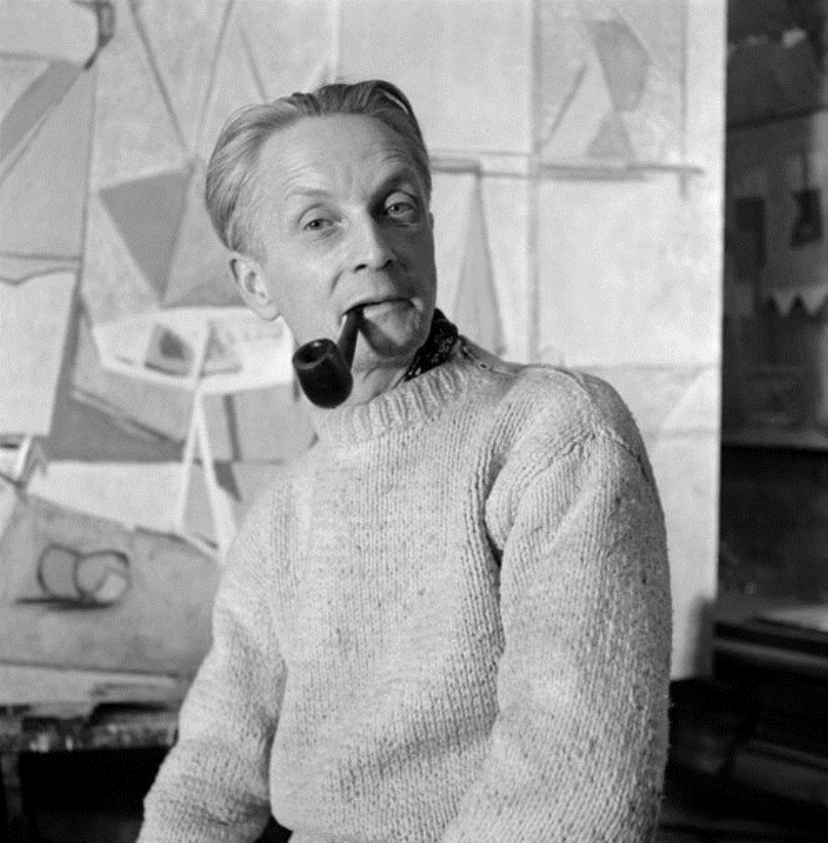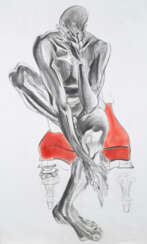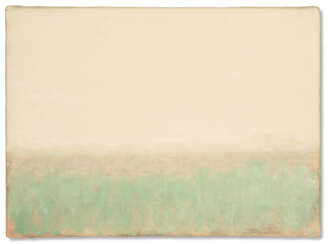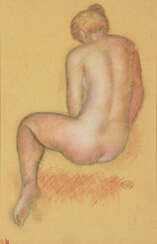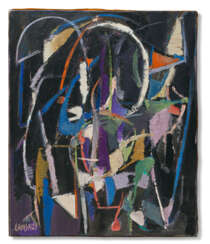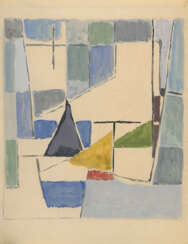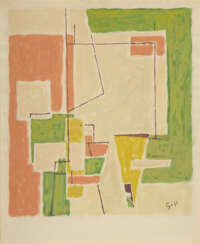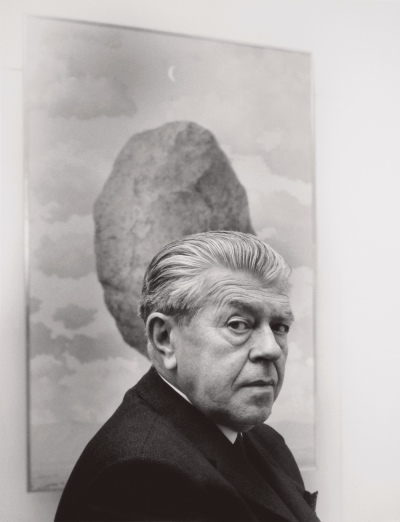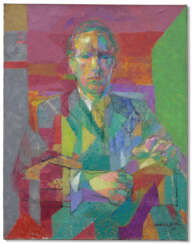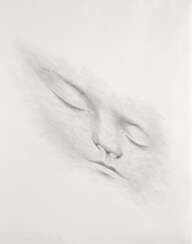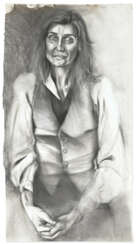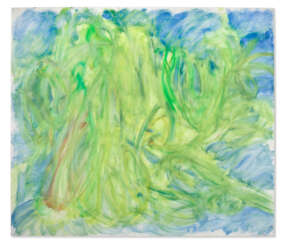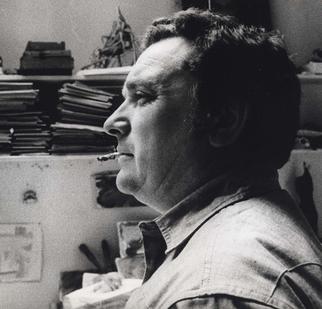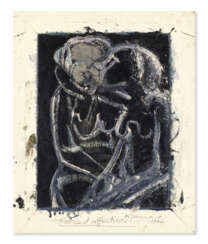
Contemporary Art - online sale including ''A Lifetime Collection''

Ralf Winkler, alias A. R. Penck, was a German painter, printmaker, sculptor, and jazz drummer. A neo-expressionist, he became known for his visual style, reminiscent of the influence of primitive art.
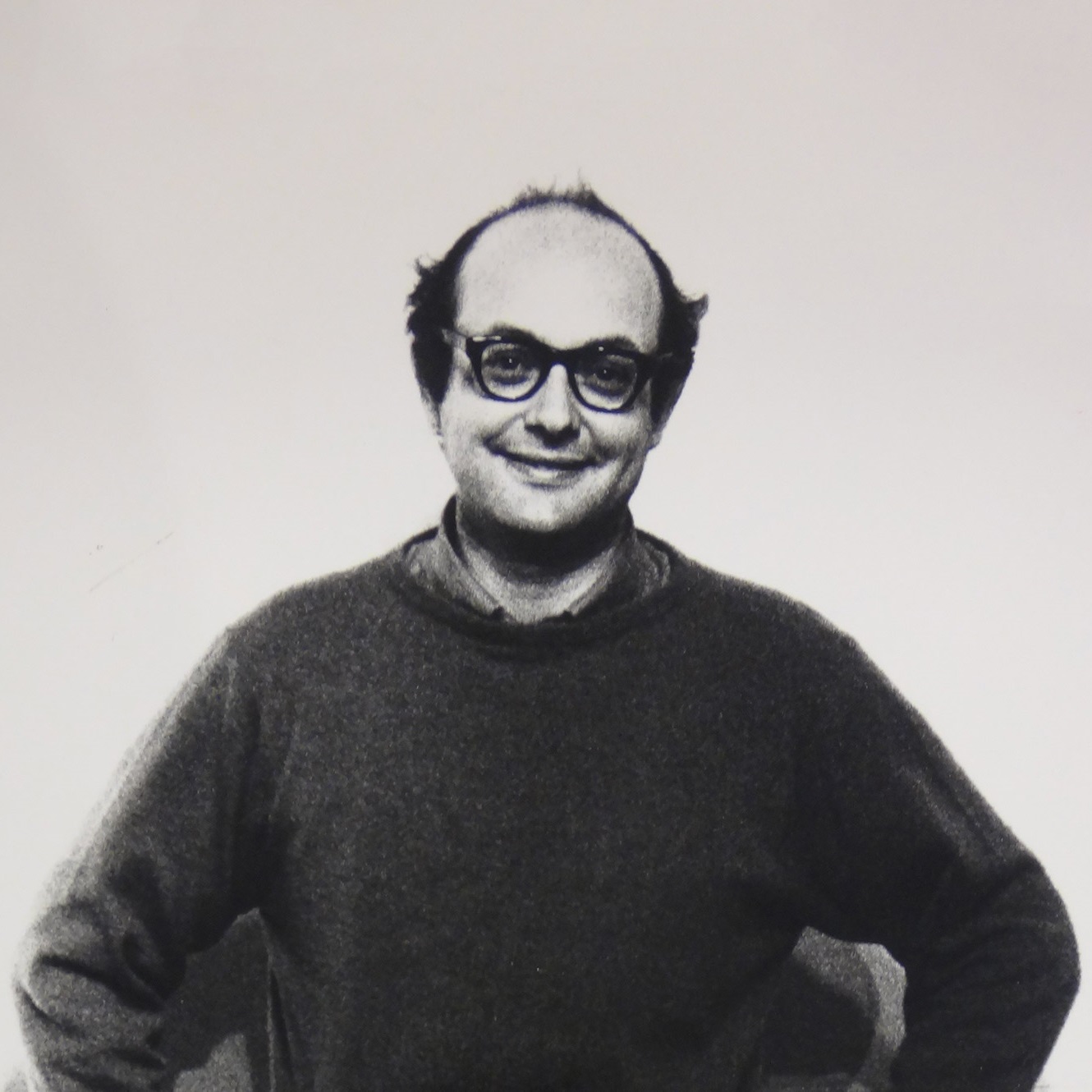
Sol LeWitt was an American artist linked to various movements, including conceptual art and minimalism.
LeWitt came to fame in the late 1960s with his wall drawings and «structures» (a term he preferred instead of «sculptures») but was prolific in a wide range of media including drawing, printmaking, photography, painting, installation, and artist's books.
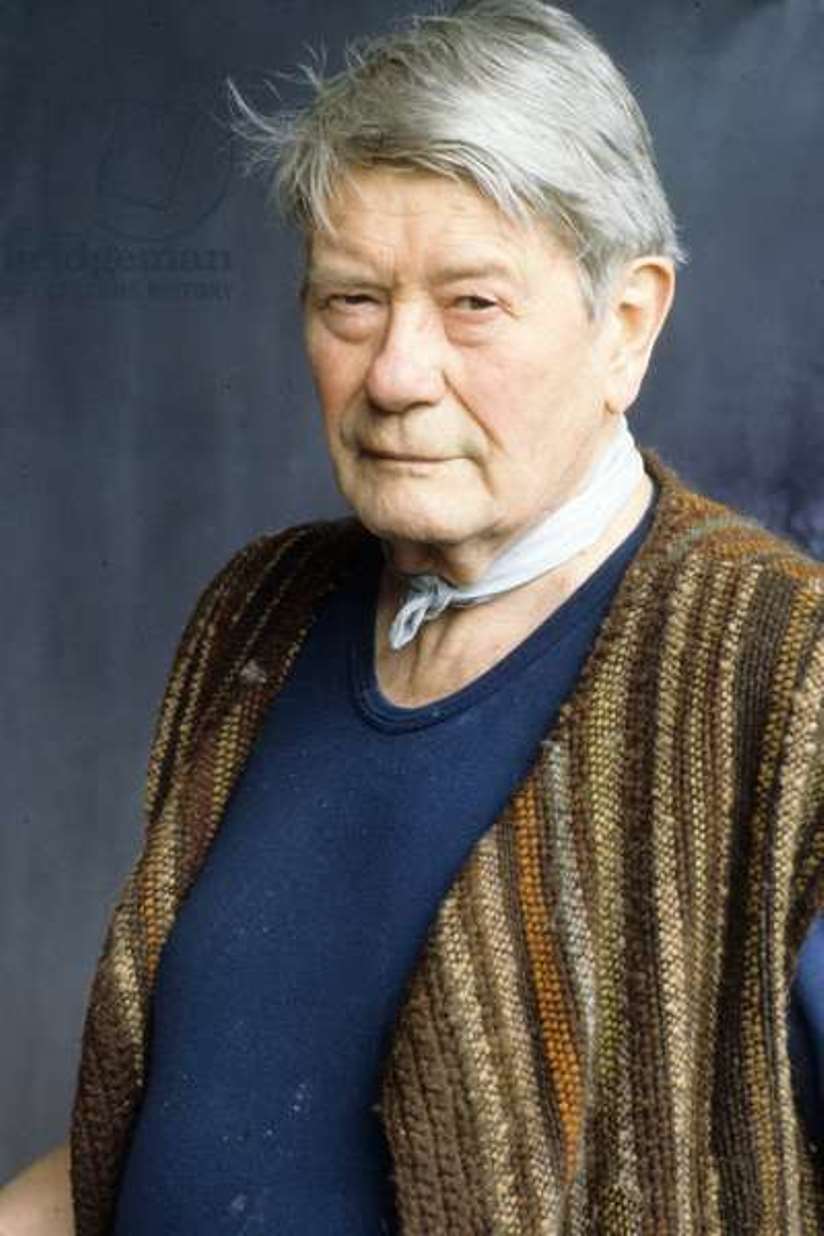
Pierre Tal-Coat, born Pierre Louis Jacob, was a French painter and graphic artist, one of the founders of Tachism, the French version of Abstract Expressionism.
In his youth he worked as a painter in porcelain factories and was drafted into the army. In the 1930s, the artist painted large, bold women's portraits, self-portraits, and landscapes. In 1936, Tal-Coat spoke out against the war in Spain, painting a series of paintings titled Massacre. Later his painting moved to the non-objective plane.

Pierre Tal-Coat, born Pierre Louis Jacob, was a French painter and graphic artist, one of the founders of Tachism, the French version of Abstract Expressionism.
In his youth he worked as a painter in porcelain factories and was drafted into the army. In the 1930s, the artist painted large, bold women's portraits, self-portraits, and landscapes. In 1936, Tal-Coat spoke out against the war in Spain, painting a series of paintings titled Massacre. Later his painting moved to the non-objective plane.

Pol Bury was a Belgian sculptor and artist, celebrated for integrating movement into his sculptures and pioneering the kinetic art movement. Born on April 26, 1922, Bury began as a painter in the Jeune Peintre Belge and the COBRA groups, later transitioning to sculpture. His most renowned work, the fountain-sculpture 'L'Octagon', is a highlight in San Francisco. His innovative art was acknowledged when his work was auctioned at Christie's in 2008, recognizing the unique nature of his contributions to art.
Pol Bury's creations can be found in permanent collections, like that of the Chelsea Art Museum, amongst others.
.
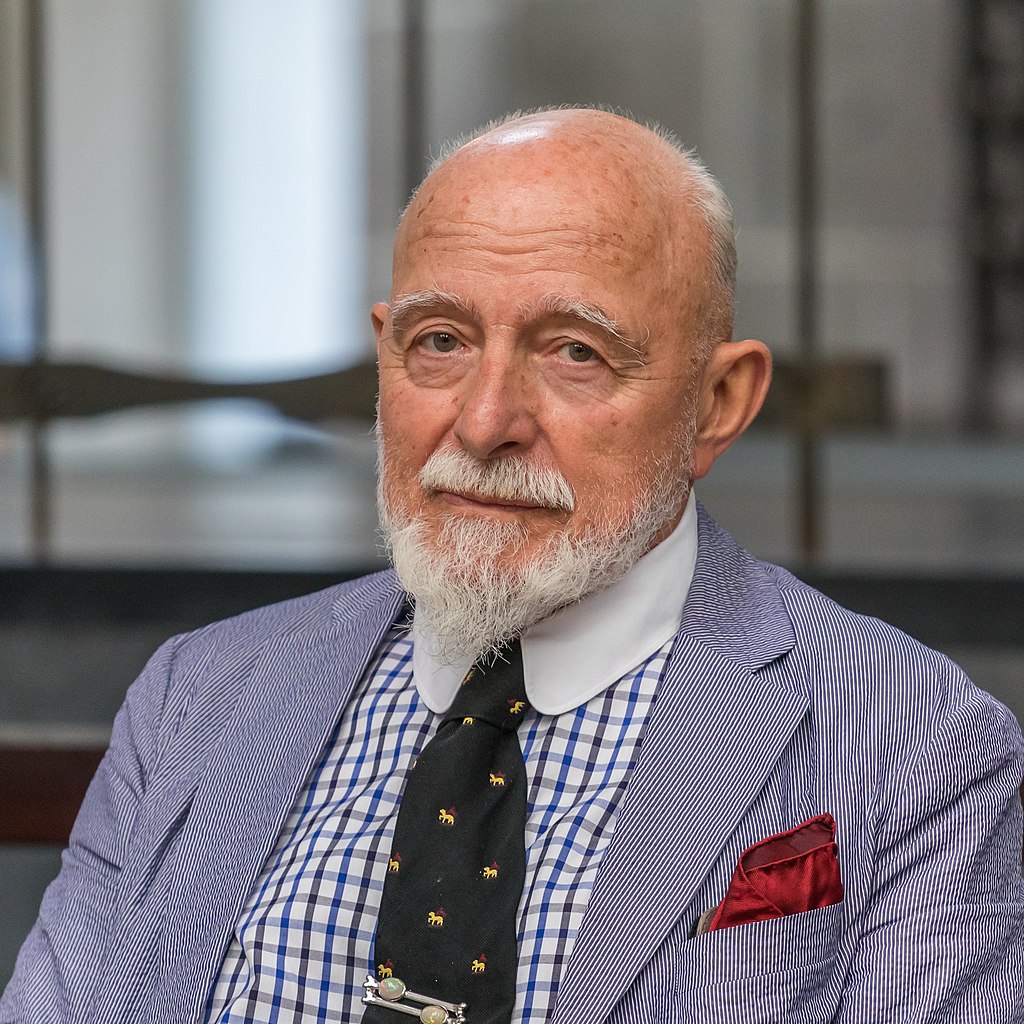
Markus Lüpertz is a German painter, sculptor, graphic artist, and writer. He also publishes a magazine, and plays jazz piano. He is one of the best-known German contemporary artists. His subjects are characterized by suggestive power and archaic monumentality. Lüpertz insists on capturing the object of representation with an archetypal statement of his existence. His art work is associated to neo-expressionism. Known for his eccentricity, German press has stylized him as a «painter prince».

Markus Lüpertz is a German painter, sculptor, graphic artist, and writer. He also publishes a magazine, and plays jazz piano. He is one of the best-known German contemporary artists. His subjects are characterized by suggestive power and archaic monumentality. Lüpertz insists on capturing the object of representation with an archetypal statement of his existence. His art work is associated to neo-expressionism. Known for his eccentricity, German press has stylized him as a «painter prince».
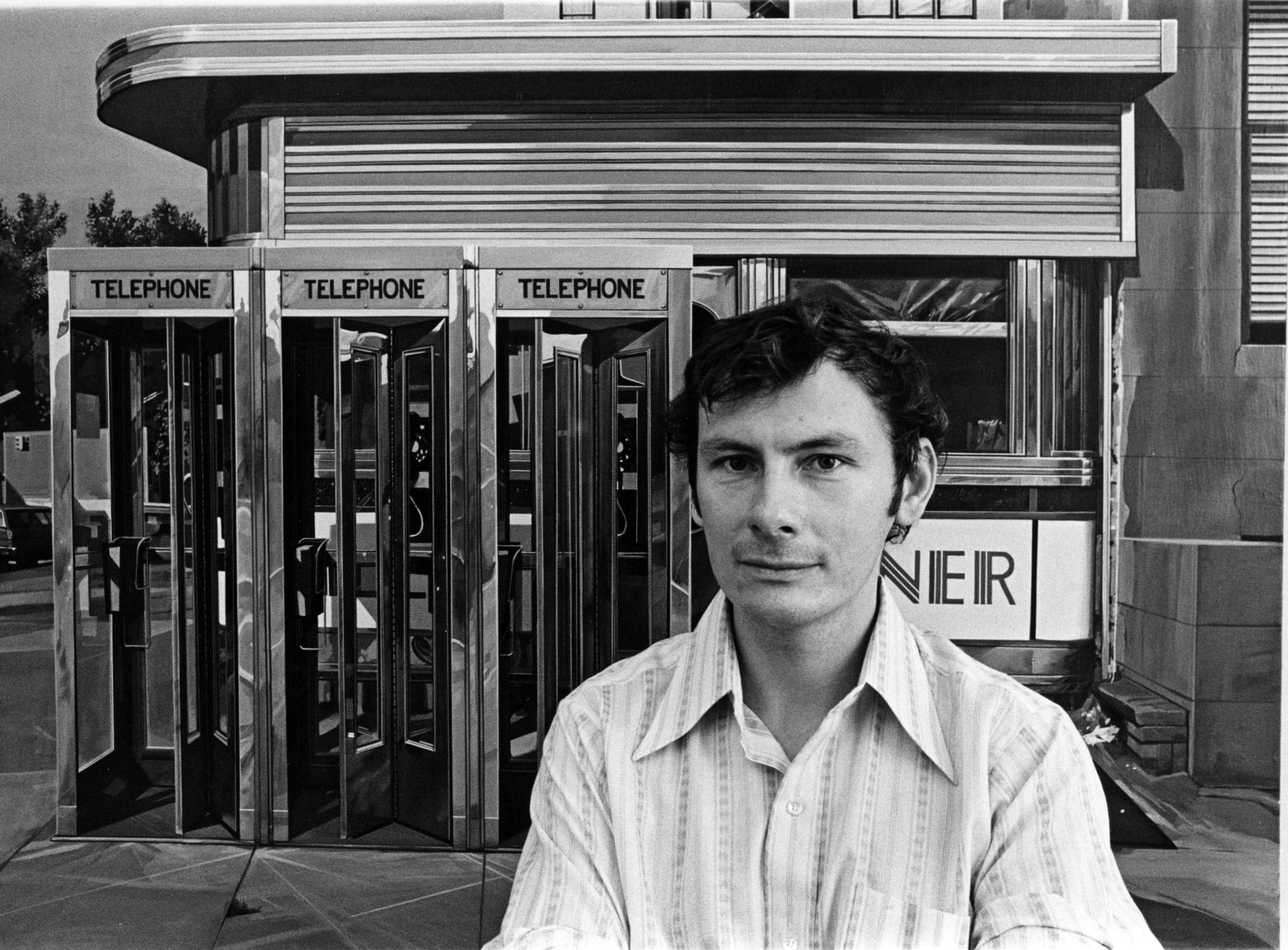
Richard Estes is an American artist, best known for his photorealist paintings. The paintings generally consist of reflective, clean, and inanimate city and geometric landscapes. He is regarded as one of the founders of the international photo-realist movement of the late 1960s, with such painters as John Baeder, Chuck Close, Robert Cottingham, Audrey Flack, Ralph Goings, and Duane Hanson.
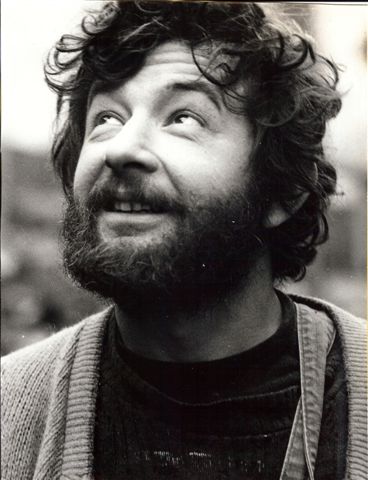
Miodrag Djuric (Montenegrin: Миодраг Ђурић), known as Dado, was an artist born in Montenegro who spent most of his life and creative career in France. He is particularly known as a painter but was also active as an engraver, draftsman, book illustrator and sculptor.
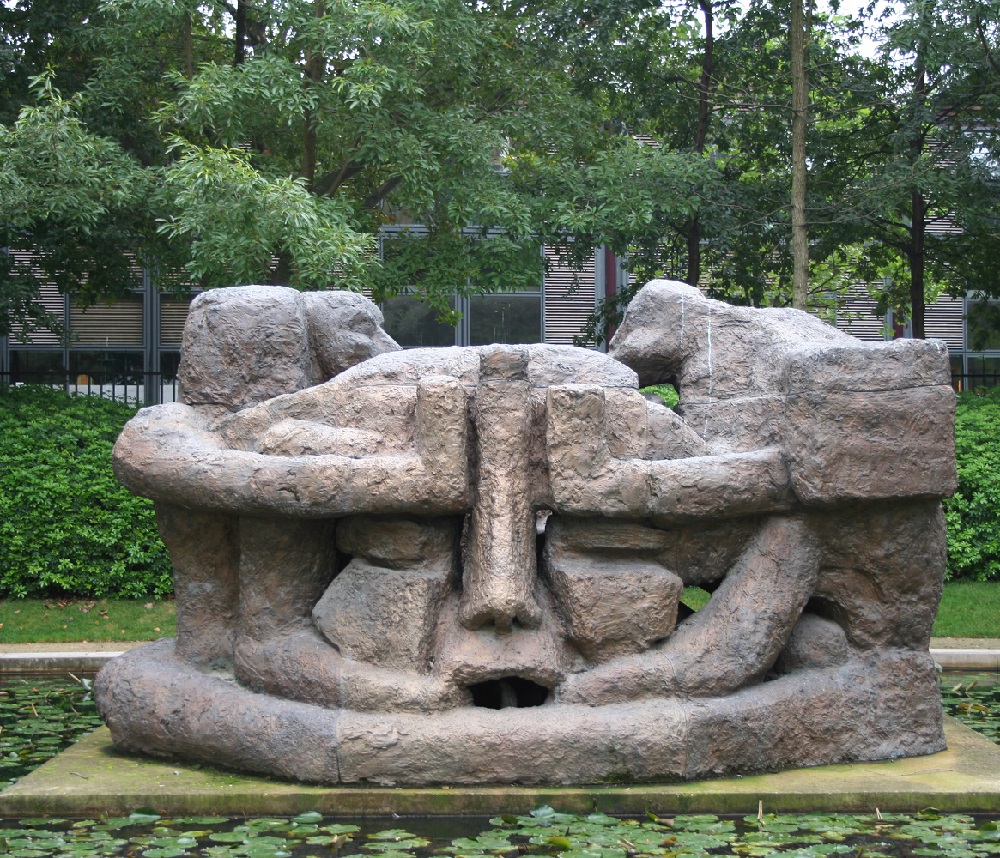
Étienne Martin was a French sculptor and informalist artist.
Étienne Martin is the author of large-scale abstract plastic works and objects. From 1968 to 1983 he was a professor of sculpture at the École Nationale Supérieure des Beaux-Arts in Paris. He has been a member of the French Academy of Arts since 1971.

Pierre Tal-Coat, born Pierre Louis Jacob, was a French painter and graphic artist, one of the founders of Tachism, the French version of Abstract Expressionism.
In his youth he worked as a painter in porcelain factories and was drafted into the army. In the 1930s, the artist painted large, bold women's portraits, self-portraits, and landscapes. In 1936, Tal-Coat spoke out against the war in Spain, painting a series of paintings titled Massacre. Later his painting moved to the non-objective plane.
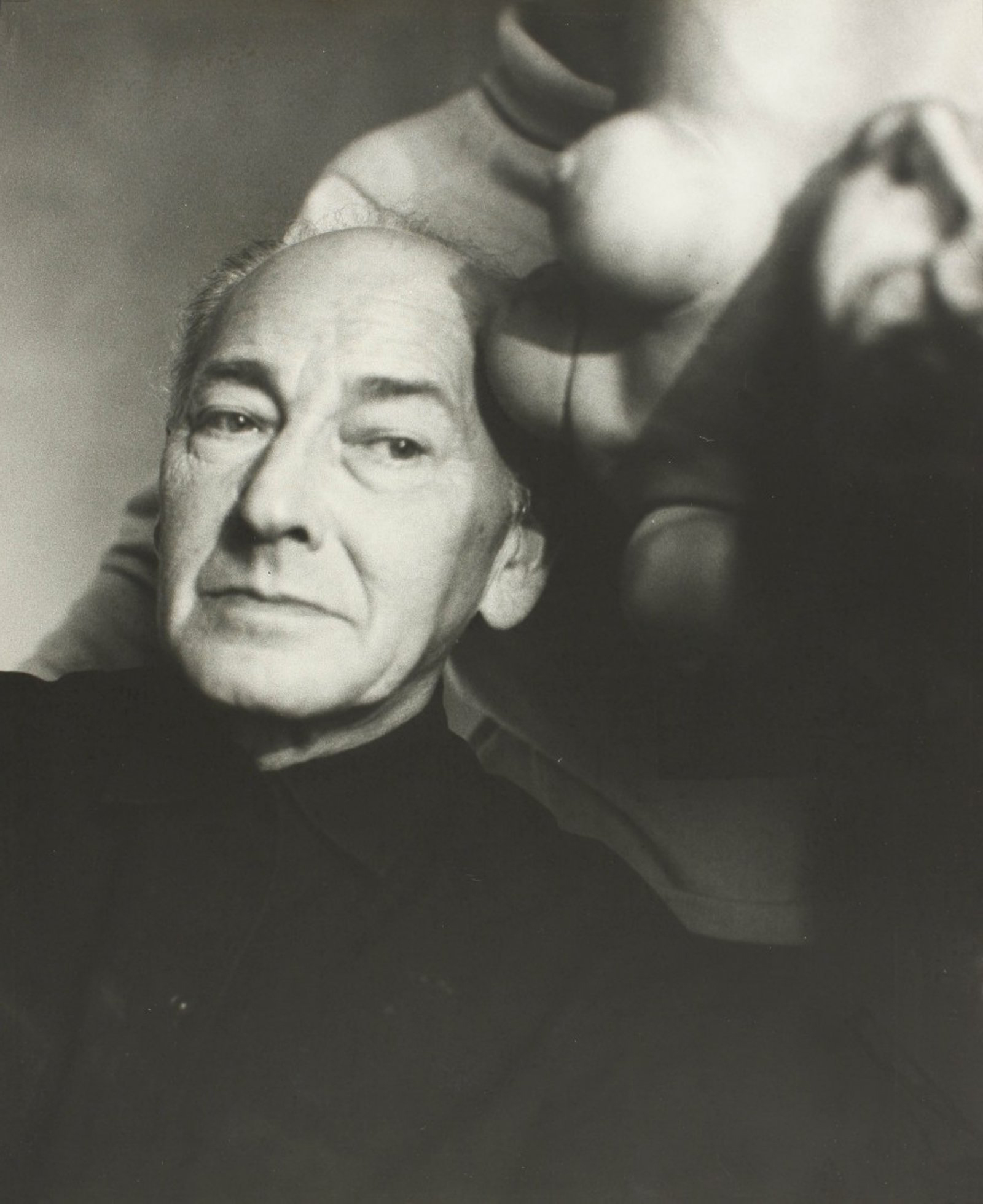
Hans Bellmer was a German graphic artist, sculptor, photographic artist, illustrator, and writer who spent most of his life in France.
In the 1930s Bellmer began working on the eroticized image of the deformed doll, contrasting it with the aesthetics of the "classical" body in Hitler's Germany. His graphic and literary explorations focus on the dismemberment and liberation of bodies. Bellmer's surrealist works are violent and provocative: they include puppet sculptures composed of the bodies of nude models, photographs, and prints.
In 1934, 18 photographs of dolls were published in the Parisian surrealist magazine Minotaur, and the Nazi regime declared Bellmer's art degenerate. In 1938, Bellmer emigrated to France.
After the end of the war, the artist continued his work, adding poetry to painting. He also authored illustrations for many works, particularly on erotic themes.
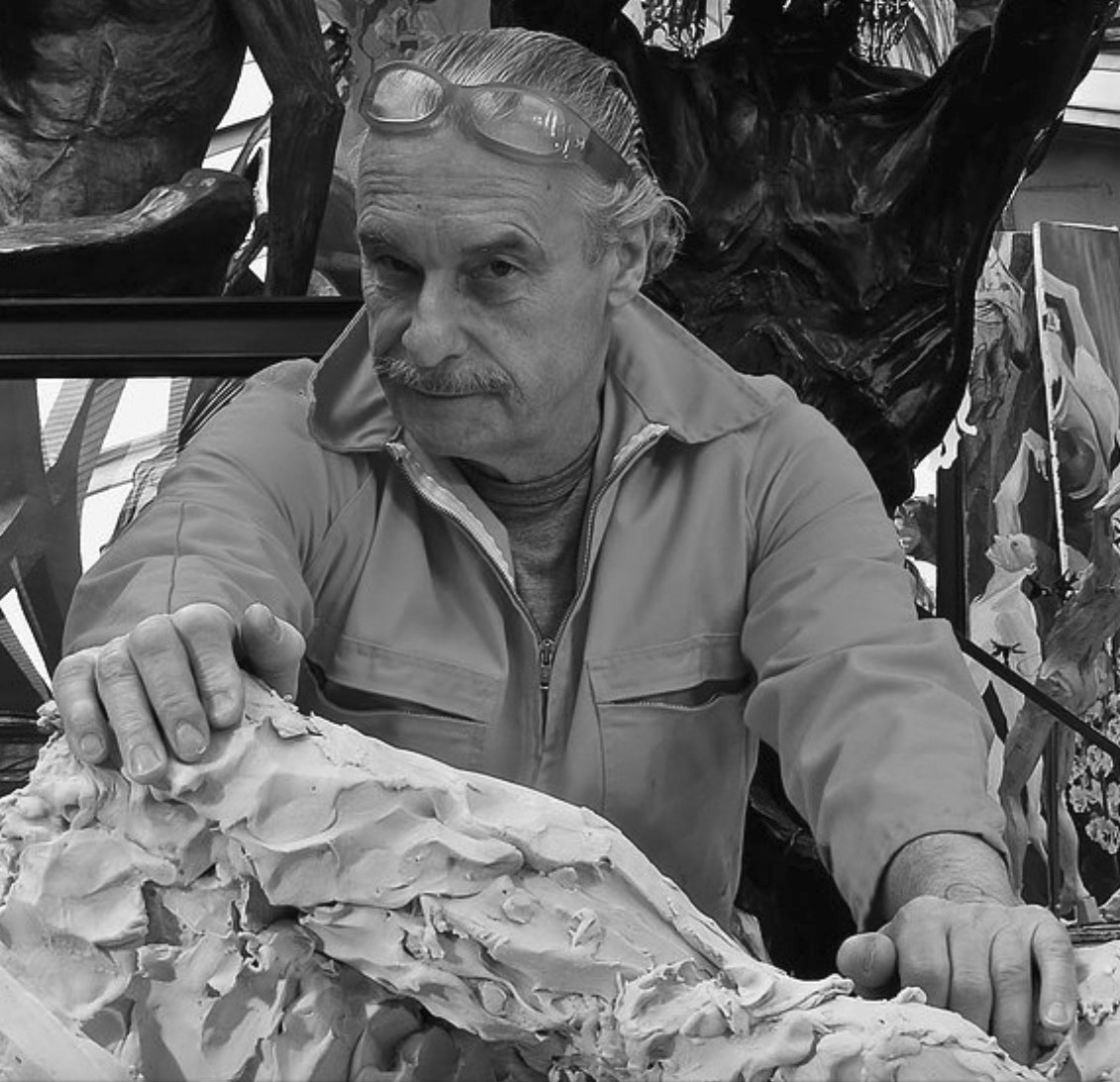
Daniel Hourdé, born in 1947 in Boulogne Billancourt, France, is a notable French artist known for his masterful bronze sculptures, paintings, and charcoal drawings. Hourdé’s artistry is characterized by its exploration of the dreamlike dimensions of human existence, often presenting figures in existential actions and blending them with everyday objects or chimerical evocations. His work embodies a mix of classic realism and the whimsicality of 1970s pop figuration, set in often incongruous contexts.
Hourdé's formal training in the School of Fine Arts in Grenoble and Paris has been pivotal in shaping his unique artistic voice. His pieces are known for their human-scale expressionistic forms, featuring realistic skeletons and skinless rippled bodies that seem to navigate between the realms of dream and nightmare. This unique blend of realism and fantasy in Hourdé's work offers a profound commentary on the human relationship with the world.
Throughout his career, Daniel Hourdé has been exhibited extensively, both in France and internationally. Some of his notable exhibitions include "Si près du Paradis" at the Chapelle Saint-Louis de la Salpêtrière in Paris, France (2019), and a retrospective at the Presbytère Saint-Jacques and Musée Conti in Bergerac, France (2017). His works have also graced public spaces, such as the "La passerelle enchantée" exhibition on the Pont des Arts in Paris (2016).
For art collectors and experts, Daniel Hourdé’s works offer a unique investment in contemporary sculpture and painting, with their deep-rooted cultural significance and innovative artistic techniques. His creations are not just visually striking but also conceptually profound, offering a rich exploration of human experiences and emotions.
If you are an art enthusiast, particularly interested in the works of Daniel Hourdé, consider signing up for updates on new artworks, sales, and exhibitions related to this remarkable artist. Stay informed about the latest developments and opportunities in the world of contemporary art.
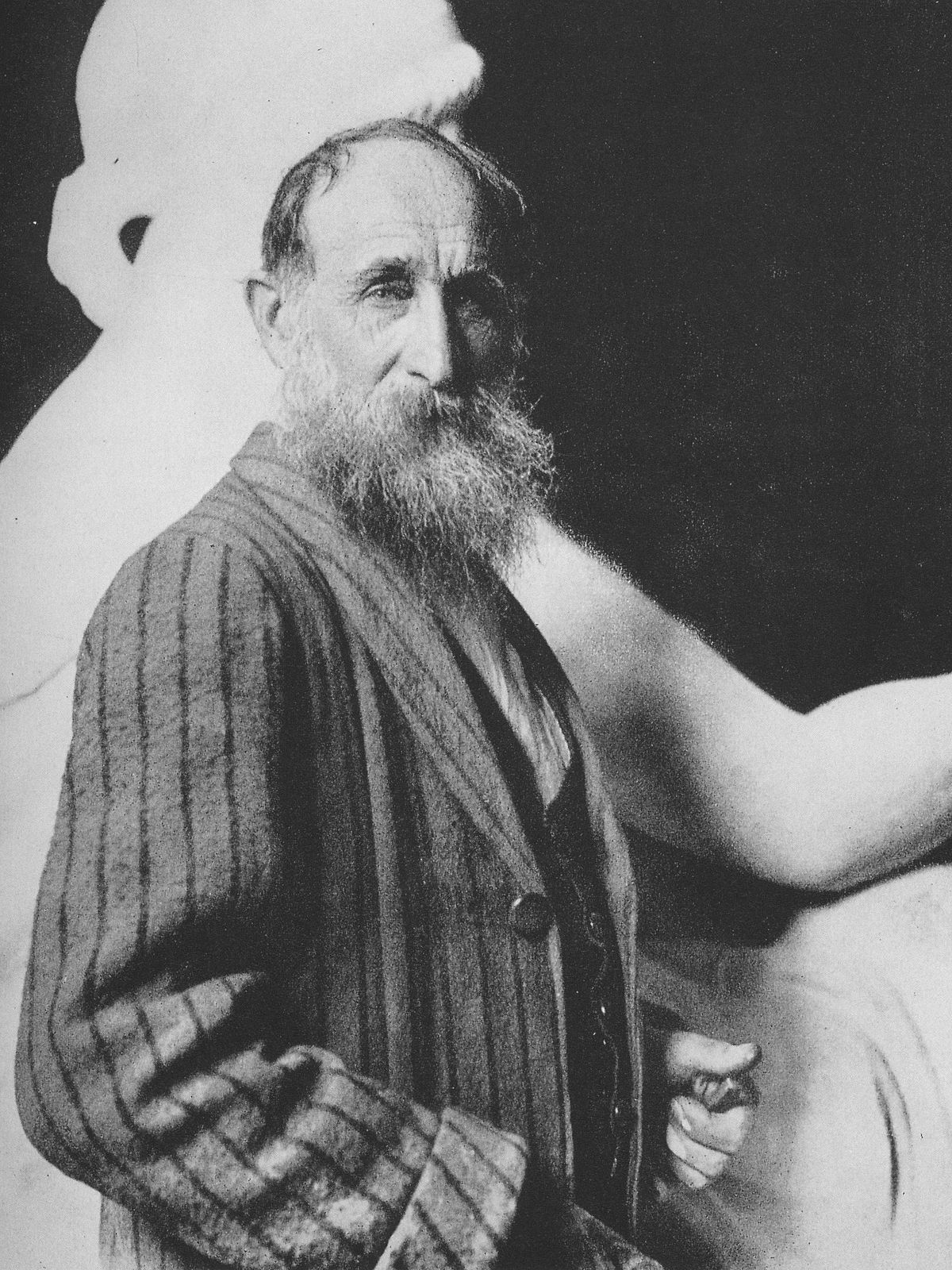
Aristide Maillol was a French artist. He was a painter, sculptor, and printmaker, and is best known for his sculptural works.
Maillol initially worked as a painter, but after seeing Auguste Rodin's sculptures in the early 1890s, he turned to sculpture himself. His early sculptures were influenced by the classical tradition, and often depicted female figures in a simplified, stylized form.
Maillol's sculptures are characterized by their smooth surfaces and simplified forms, which reflect his interest in the pure and timeless beauty of the human body. He often worked in bronze, and his sculptures were typically larger than life size.
In addition to his sculptures, Maillol also created prints, including lithographs and woodcuts. His prints were often based on his sculptural works, and reflected his interest in simplifying form and line.
Maillol continued to work and exhibit his art throughout his life, and his work was shown in galleries and museums around the world. Today, his sculptures are held in the collections of many prestigious institutions, including the Musée d'Orsay in Paris, the Museum of Modern Art in New York, and the Tate Gallery in London.
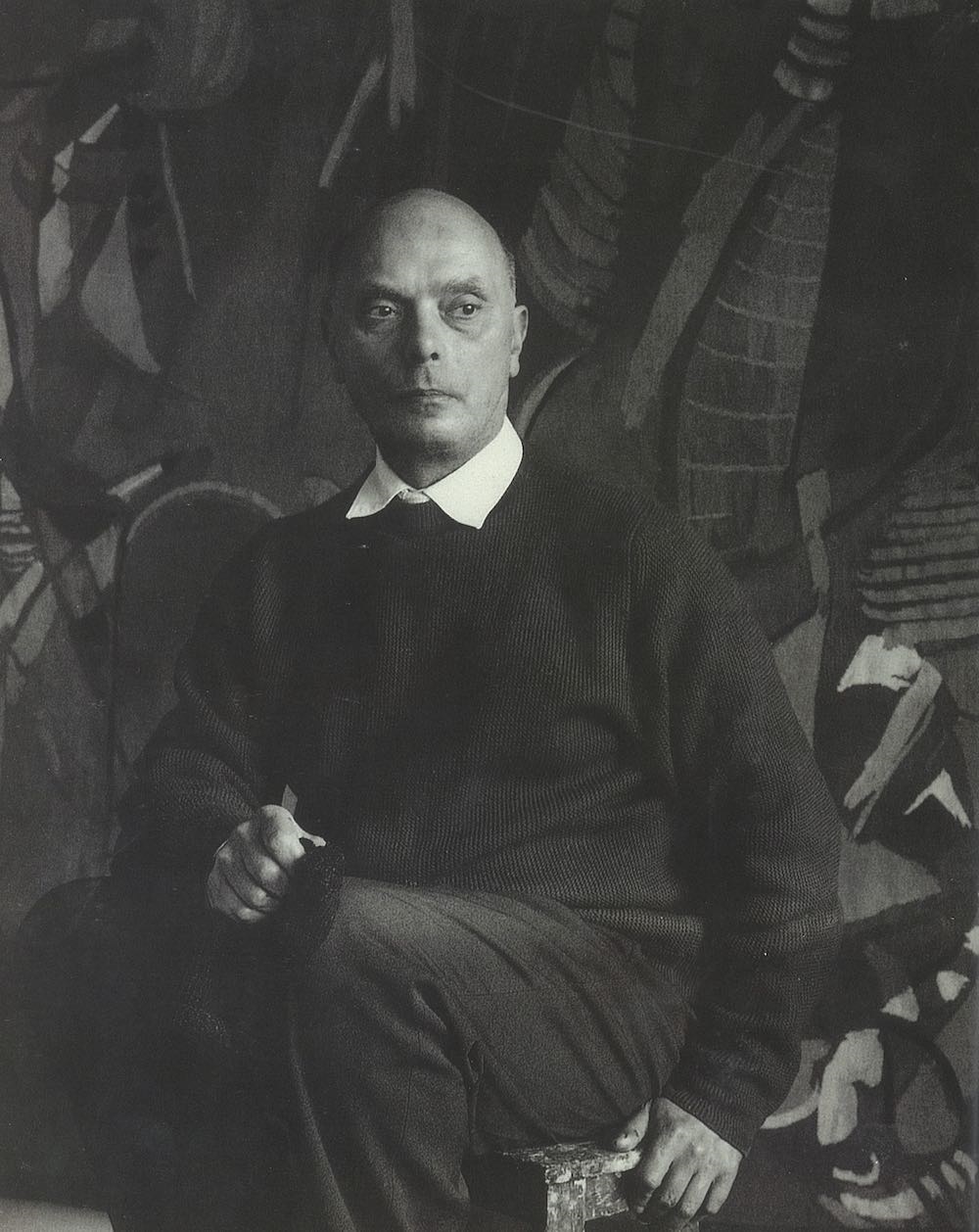
André Lanskoy was a Russian painter and printmaker who worked in France. He is associated with the School of Paris and Tachisme, an abstract painting movement that began during the 1940s.
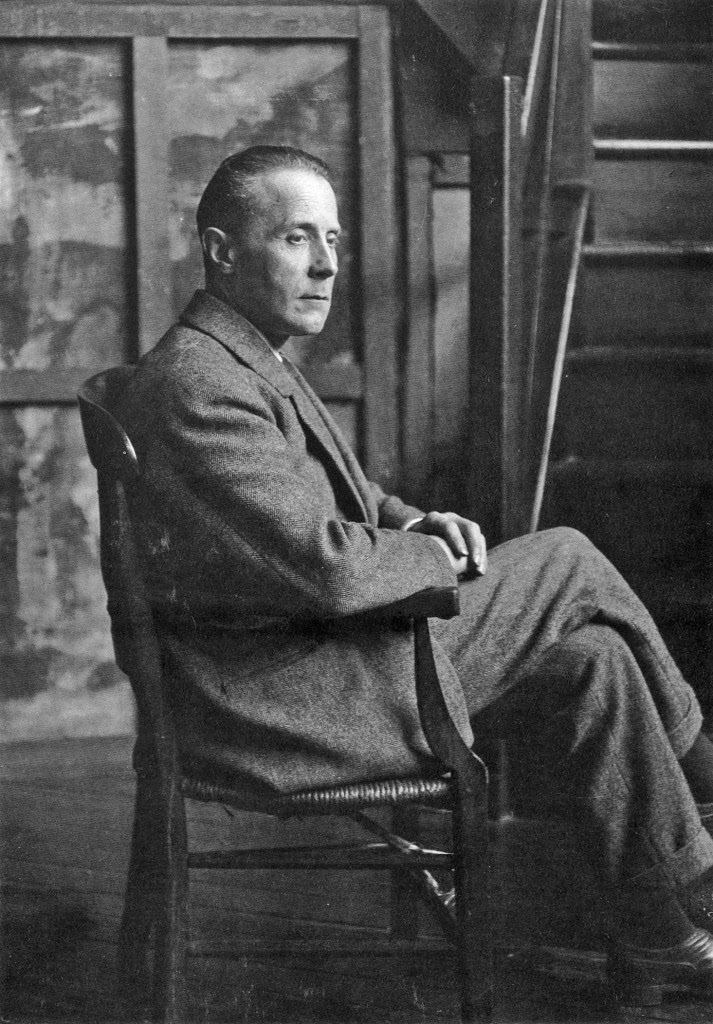
Jacques Villon, birth name Gaston Duchamp, was a French painter and printmaker. In 1907 he changed his name to Jacques Villon. He was the brother of artists Marcel Duchamp and Raymond Duchamp-Villon.
Villon began his career as a painter and his early work was influenced by the Impressionists and Post-Impressionists. He later became interested in Cubism and, together with his brother Raymond, became a member of the Putot group, a collective of artists who experimented with Cubist techniques.
In addition to painting, Villon was also a skilled engraver. He worked in various engraving techniques, including etching, aquatint and dry glass, and his prints are known for their intricate lines and geometric shapes.
Villon's work continued to evolve throughout his career, experimenting with different styles and techniques. In his later years, he returned to a more traditional style of painting, creating landscapes and portraits with bright colors and expressive strokes.
Villon's works were exhibited in major museums and galleries around the world, including the Museum of Modern Art in New York and the Pompidou Centre in Paris. He is considered to be one of the most significant figures of the Cubist movement and his contribution to modern art is still celebrated today.
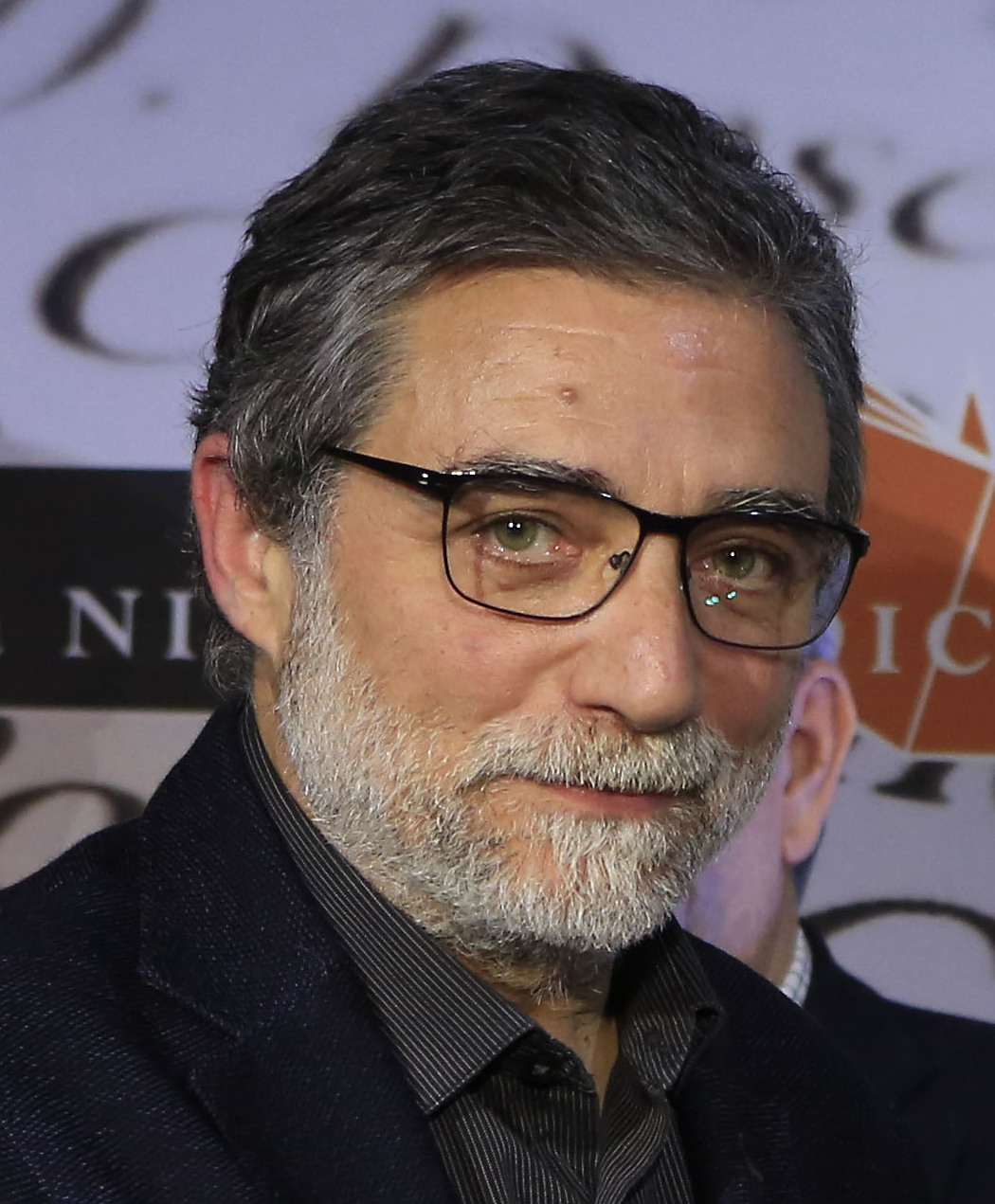
Jaume Plensa i Suñé is a Spanish visual artist, sculptor, designer and engraver. He is a versatile artist who has also created opera sets, video projections and acoustic installations. He worked with renowned Catalan theatrical group La Fura dels Baus. He is better known for his large sculptures made up of letters and numbers.
Jim Dine is an American artist whose œuvre extends over sixty years. Dine’s work includes painting, drawing, printmaking (in many forms including lithographs, etchings, gravure, intaglio, woodcuts, letterpress and linocuts), sculpture and photography; his early works encompassed assemblage and happenings, while in recent years his poetry output, both in publications and readings, has increased.
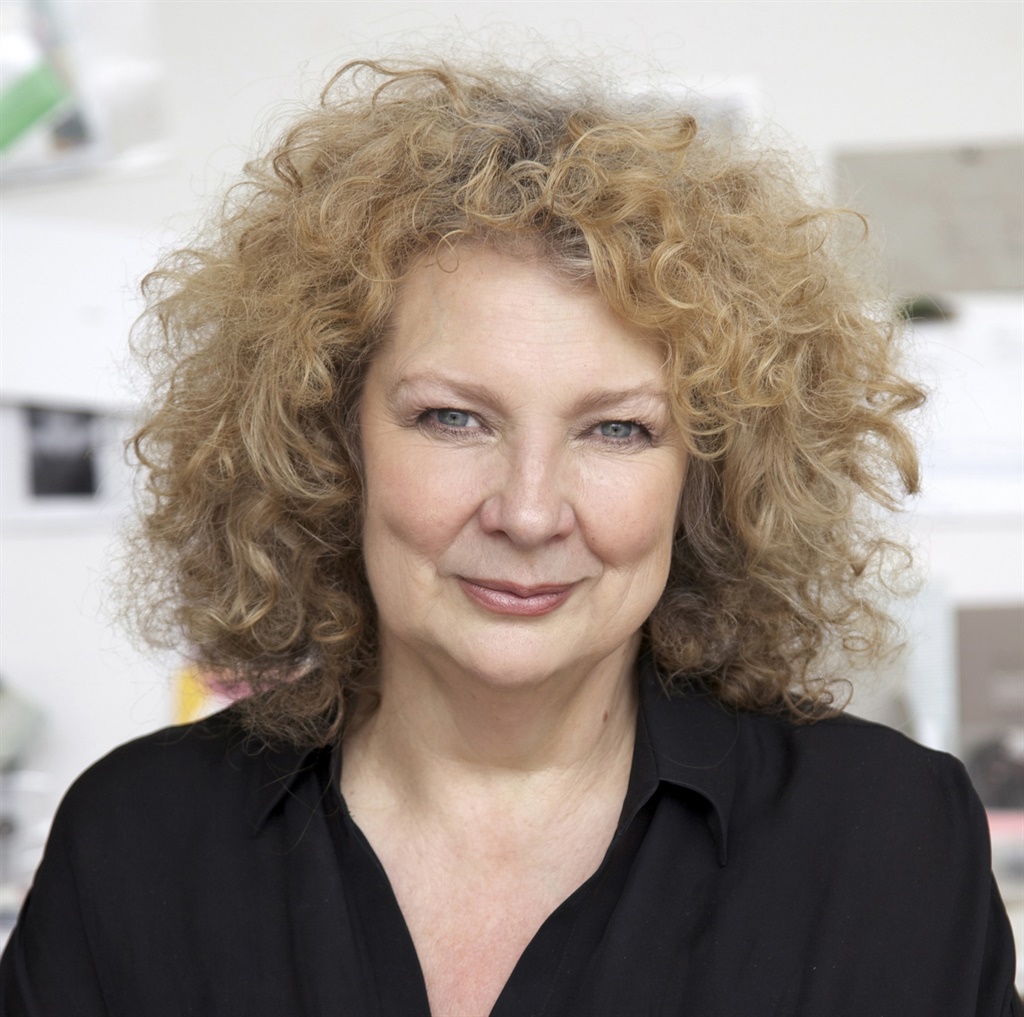
Marlene Dumas is a Dutch artist of South African origin. She is known for her figurative paintings that explore themes of identity, race, gender, and sexuality.
Dumas studied at the University of Cape Town and later moved to the Netherlands, where she earned a degree from the Ateliers '63 in Haarlem. Her early work was heavily influenced by the political and social climate in South Africa during the apartheid era.
Dumas' paintings often depict people in various states of vulnerability, intimacy, and emotion. Her works are characterized by loose, gestural brushstrokes, and a limited color palette. She frequently draws inspiration from popular culture, news media, and art history, often appropriating and reimagining images from these sources.
Dumas has exhibited her work extensively, including at the Museum of Modern Art in New York, the Stedelijk Museum in Amsterdam, and the Tate Modern in London. She has also received numerous awards and honors for her work, including the Johannes Vermeer Award in 2012 and the Premium Imperiale in 2018.
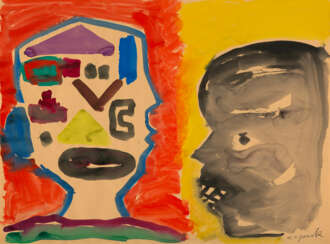

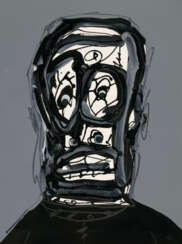

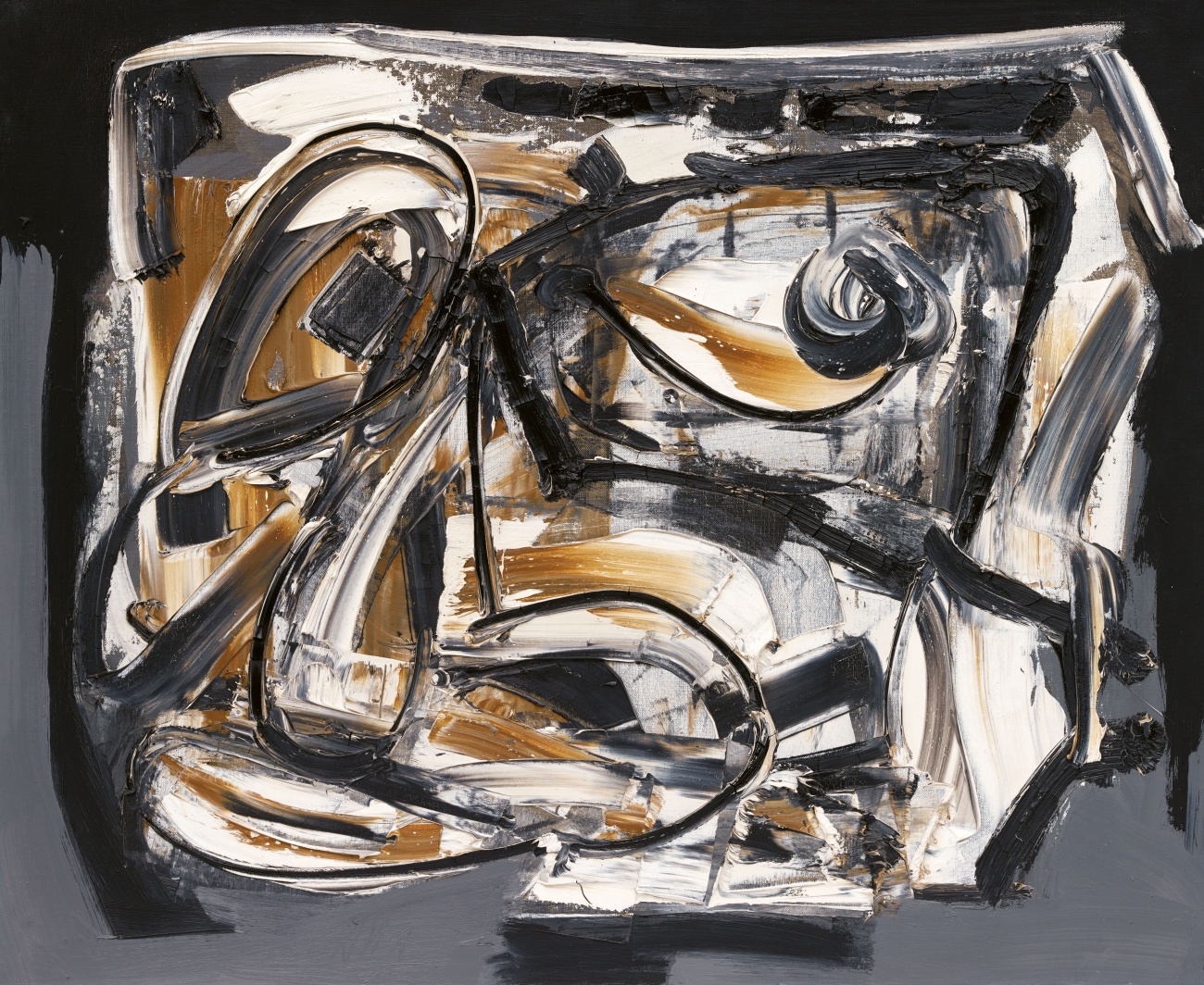
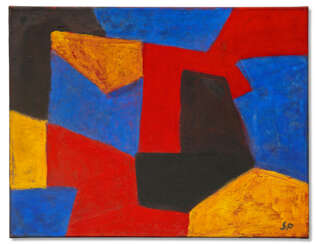

 Серж Поляков. Фотопортрет художника.jpg)
